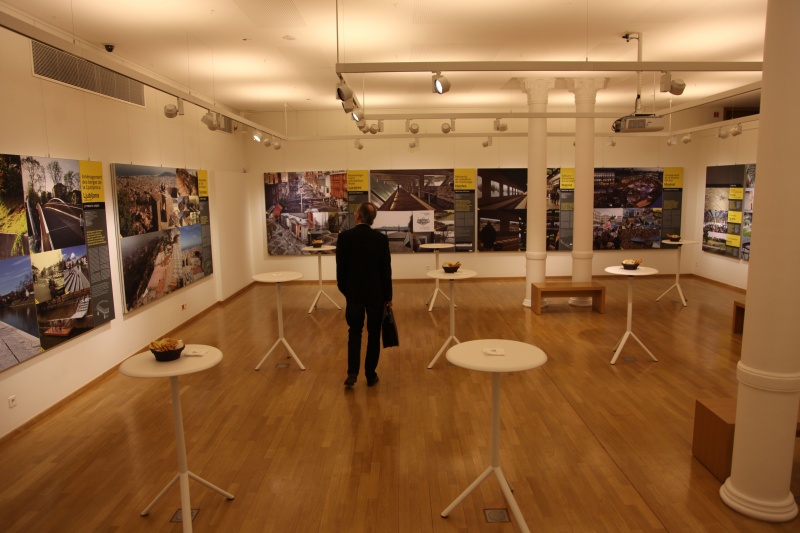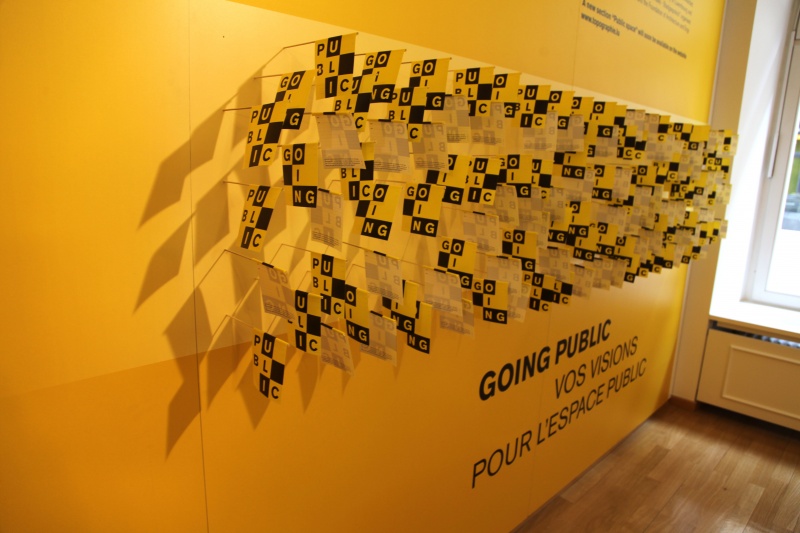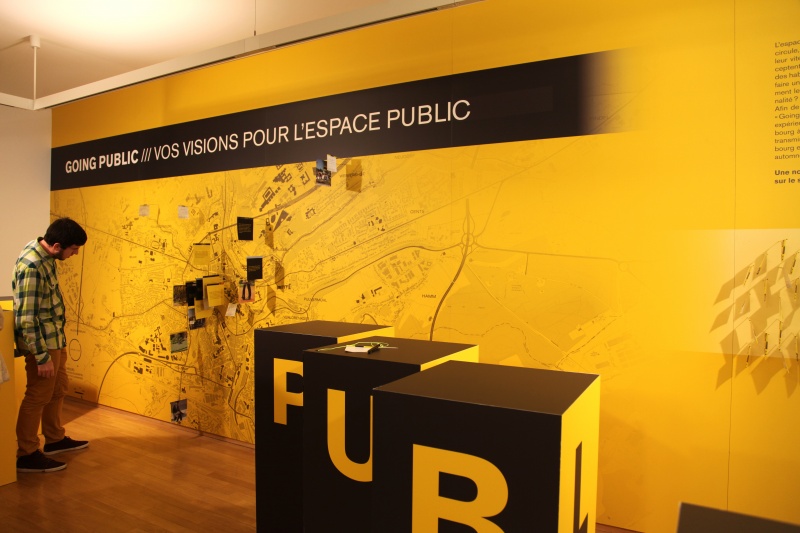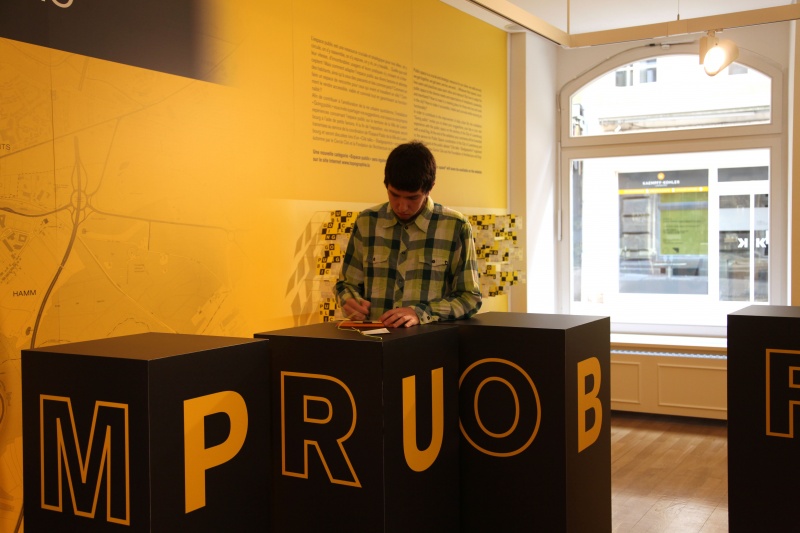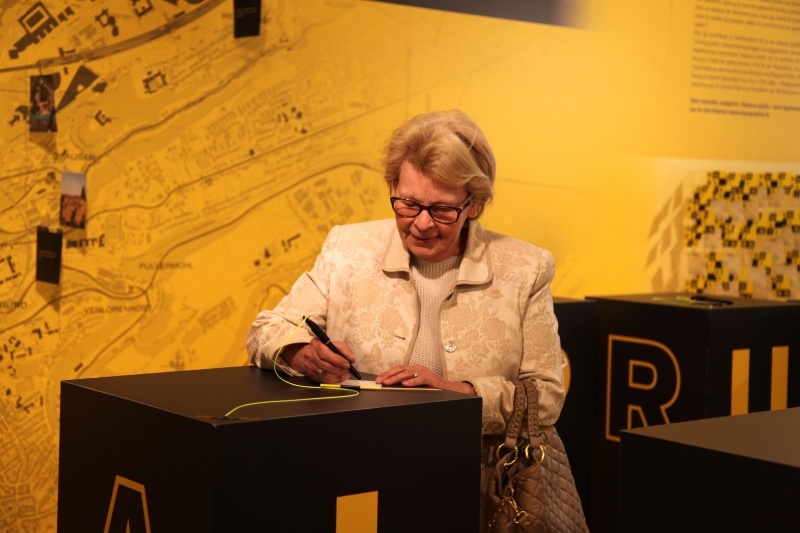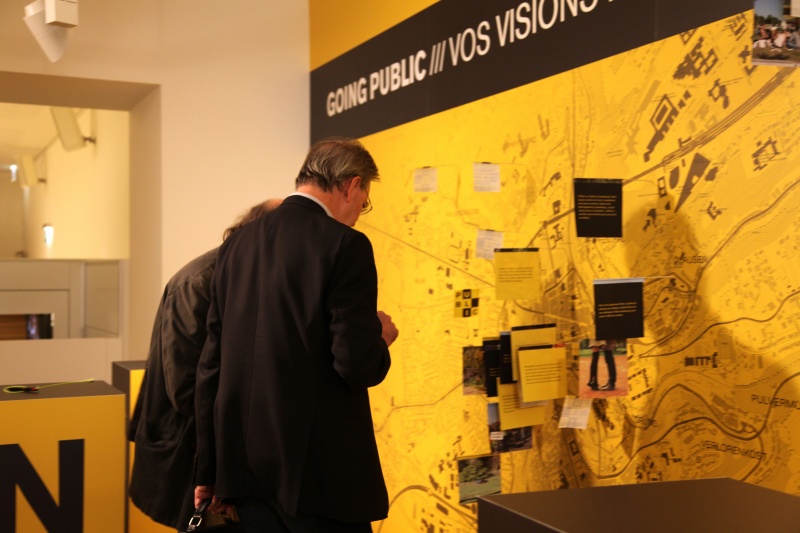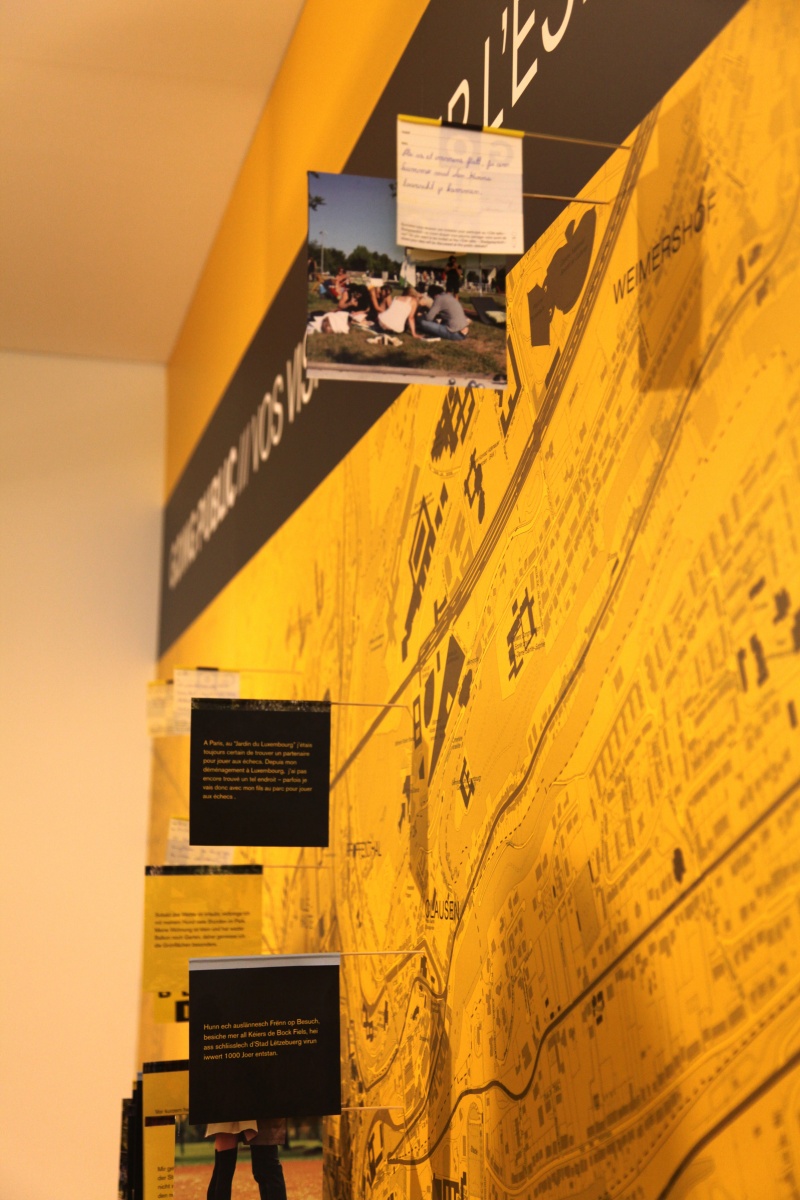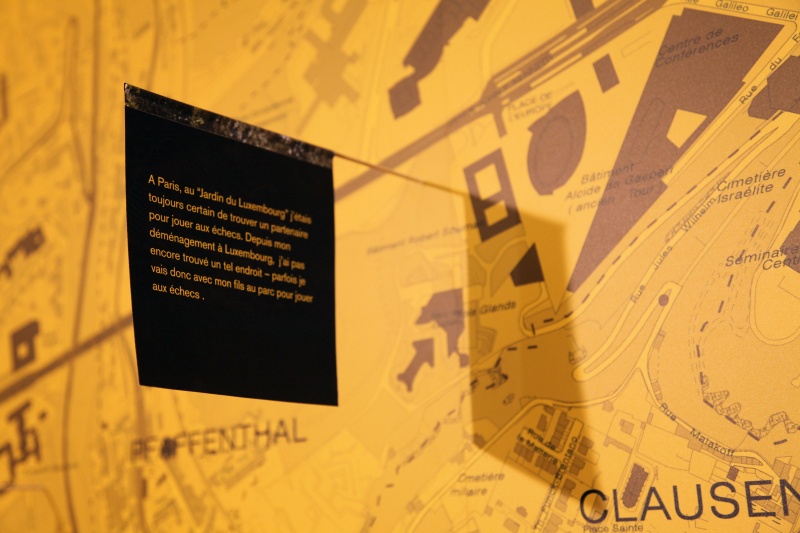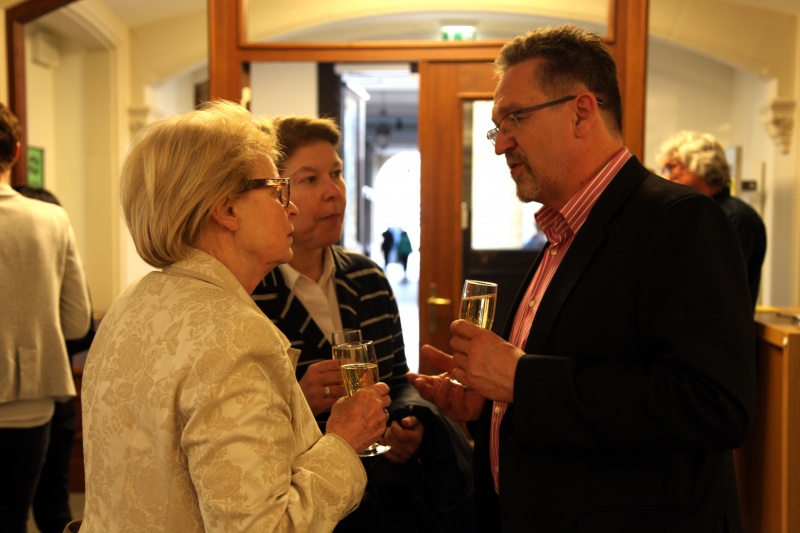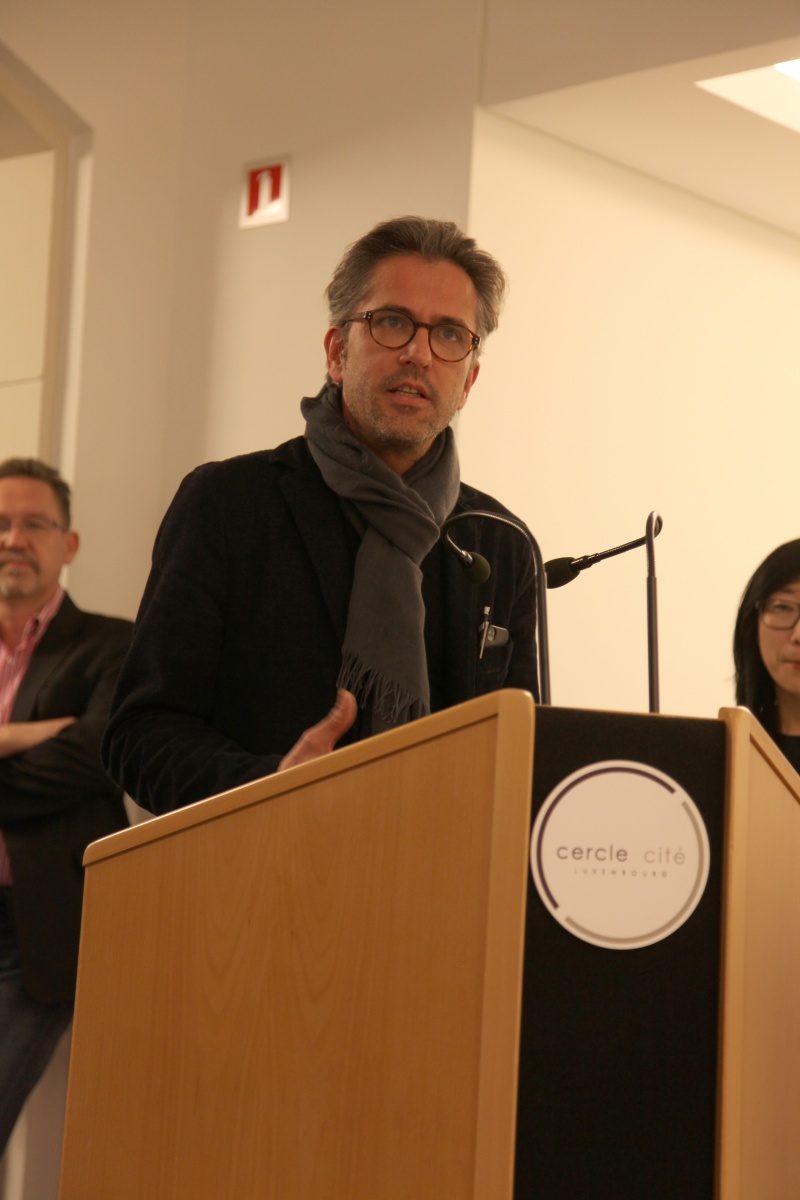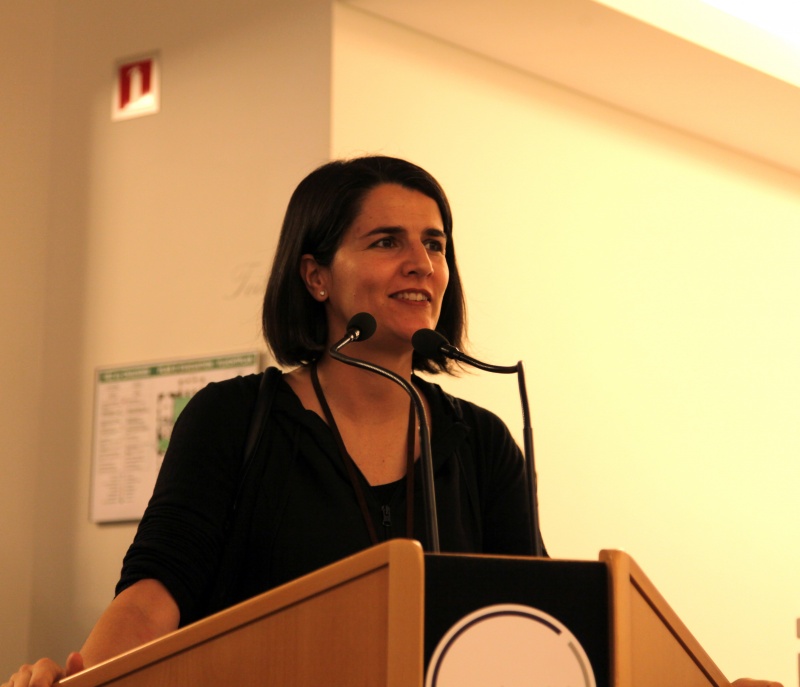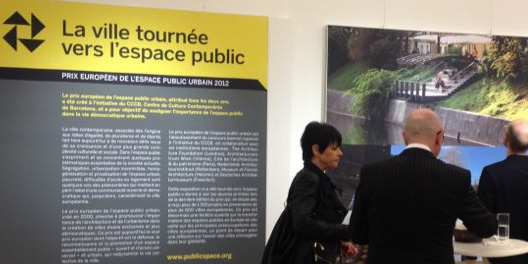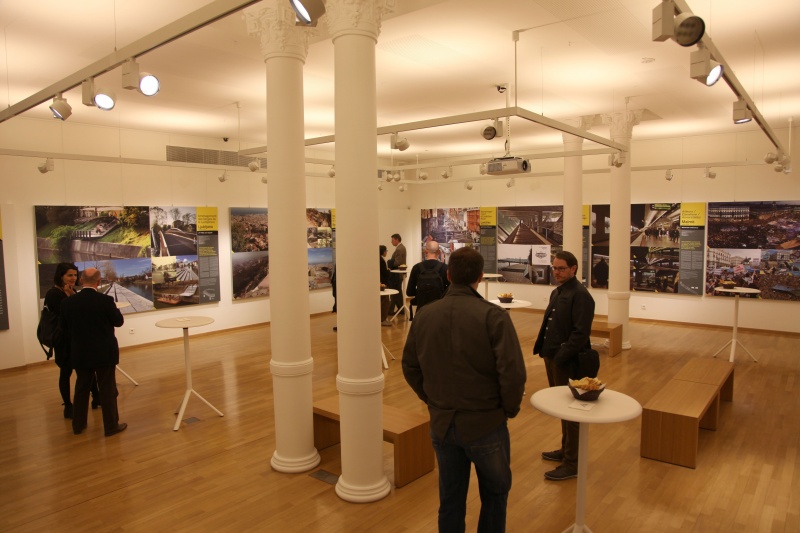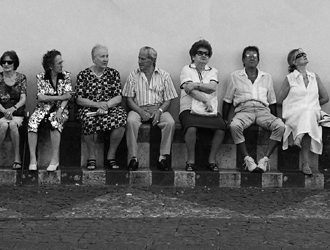The Cercle Cité, a historic building in the centre of Luxembourg is the venue of the 2012 Prize exhibition until 11 May.
The series of itinerant exhibitions showing the results of the 2012 European Prize for Urban Public Space has now made its last stop at the Cercle Cité in Luxembourg. The exhibition venue is a historic building in the centre of the capital. Refurbished in 2011 as a cultural centre in which exhibitions and conferences are held, the building has been used for all kinds of activities in its lifetime during which it has been a centre devoted to literature, the Palais de Justice (Law Courts) and the headquarters of the European Coal and Steel Community which, established in 1952, would eventually constitute the embryo of the future European Union. The exhibition has been organised by the Fondation pour l’architecture et l’ingénierie and is included among the Design City activities.
Luxembourg, a city of almost 100,000 inhabitants, is the headquarters of several European institutions including the European Court of Justice, the European Court of Auditors, the European Investment Bank and, owing to its status as a tax haven, many other banking entities. Accordingly, some 65% of the city’s inhabitants are of foreign origin and, every day, approximately 160,000 more non-resident people enter the city as workers. This means that the city has great cultural diversity and its own particular way of life and use of public transport. The magnitude of the floating population gives rise to special challenges and, most particularly, with regard to transport-related infrastructure. The city, which has a long tradition of reflection on public space, is part of the movement, now widespread in Europe, in favour of creating pedestrian zones in old city centres. Luxembourg is presently seeking solutions for problems of urban sprawl and has introduced a very popular system of shared bicycles. It is also preparing to conform to the government Passivhaus energy-efficiency requirement that all buildings must be zero-energy by 2017. The 2012 Prize exhibition aims to contribute to the discussion about the city’s main public space issues.


